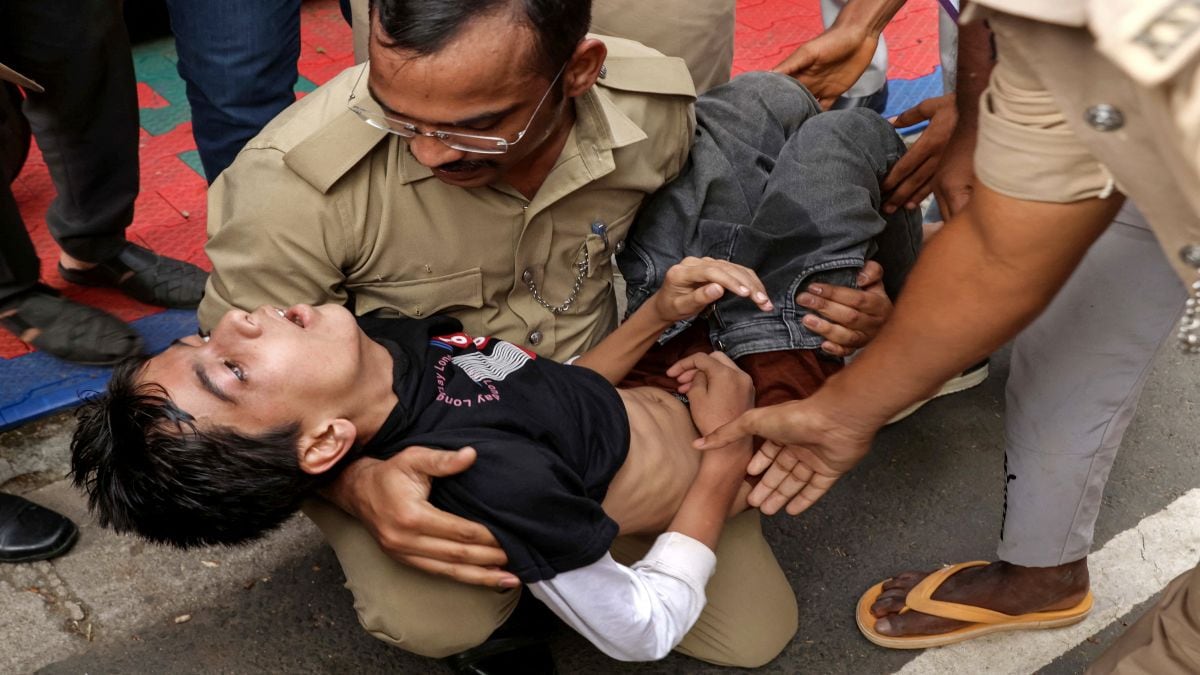

The recent stampede in Bengaluru, claiming the lives of 11 people and injuring dozens more during celebrations for the Royal Challengers Bangalore's (RCB) IPL victory, serves as a stark and tragic reminder of the persistent lack of accountability in managing public events in India. While initial responses often involve announcing inquiries and compensation, the underlying systemic issues that lead to such disasters rarely see meaningful resolution. The question remains: where does the buck truly stop?
The immediate aftermath of the Bengaluru stampede has seen the expected steps. The Karnataka government has ordered a magisterial inquiry, promised compensation to the victims' families, and transferred the investigation to the Criminal Investigation Department (CID), forming a Special Investigation Team (SIT). An FIR has been filed against RCB, the Karnataka State Cricket Association (KSCA), and event organizers, citing criminal negligence. However, these actions, while necessary, are reactive rather than preventative. They address the symptoms, not the disease.
One of the core issues is the frequent failure to adhere to existing guidelines and protocols for crowd management. The Disaster Management Act of 2005 mandates detailed plans for disaster prevention and response, yet these plans are often either inadequate or poorly implemented. In the case of the Bengaluru stampede, reports indicate that the RCB management made a unilateral decision to announce the victory parade on social media without consulting the state government or police. This led to a massive, unmanaged influx of people, far exceeding the stadium's capacity and the ability of security personnel to control the crowds. While 1,318 police personnel were deployed along with other support, it was clearly not enough for the over 2.5 lakh people who gathered.
The lack of accountability extends to various levels of responsibility. Event organizers, state associations, and even the government must all take responsibility for their actions and inactions. In this instance, the FIR highlights that organizers were aware of potential risks, but failed to manage the crowd effectively. The state government, while deploying security, seemingly underestimated the potential turnout and the need for more robust crowd control measures. Initial reports suggest the police had even denied permission for a victory parade, highlighting a breakdown in communication and decision-making.
Beyond immediate responses, systemic changes are crucial. This includes stricter enforcement of existing regulations, improved coordination between various agencies (police, district administration, fire services, etc.), and a greater emphasis on risk assessment and mitigation. A key aspect is also public awareness and education. People need to be informed about safety measures and the risks associated with large gatherings.
The culture of tolerance for overcrowding also contributes to the problem. Psychologists suggest that Indians often have a high tolerance for crowded places, which can lead to a delayed recognition of dangerous situations. This makes it even more critical for authorities to proactively manage crowds and ensure safety.
Ultimately, preventing future tragedies requires a fundamental shift in mindset. It demands that safety be prioritized over celebration, that regulations be enforced without exception, and that accountability be rigorously applied at all levels. The Bengaluru stampede should serve as a turning point, prompting a comprehensive review of crowd management practices and a renewed commitment to protecting the lives and well-being of citizens. Only then can we hope to prevent such grim reminders of systemic failures.